This information explains how to transfer a person between a bed and a wheelchair and back using a BeasyGlyder.
What is a BeasyGlyder?
A BeasyGlyder is a device used to help transfer someone to and from a wheelchair or other surfaces. It uses a gliding disk, so you don’t need to lift someone. This makes it safer for both you and the person you’re helping.
Talk with the person’s physical or occupational therapist if you have any questions.
Talk with their healthcare provider first before transferring someone who:
- Becomes confused or weak.
- Breaks a bone or who has any broken bones.
How To Move a Person Using a BeasyGlider
Before helping someone move, get the area ready for the transfer. Make sure there are 2 people ready to help move the person.
You’ll also need:
- A BeasyGlyder.
- A square pad. This is an absorbent pad that goes between the person and the bedsheet while they’re in a hospital bed.
- A wheelchair.
Get the wheelchair ready by taking off both leg rests and one arm rest. Adjust the bed height to about the same height as the wheelchair seat.
If the person has a catheter bag, empty it out. If they’re wearing a diaper, check and change it, if needed.
How To Move a Person From a Bed to a Wheelchair Using a BeasyGlider
To move a person from a bed to a wheelchair, follow these steps:
- Put the square pad under the person’s hips (see Figure 1).
- Roll the patient onto their side by bending one of their knees (see Figure 2).
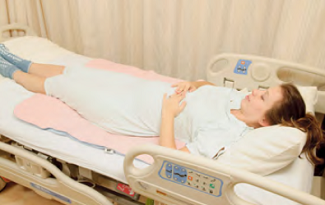
Figure 1. 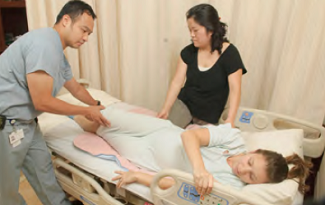
Figure 2. - Help them sit at the edge of the bed. Have one helper support their upper body from behind (see Figure 3).
- Grab the edges of the square pad and slide the person forward to the edge of the bed. Place their feet flat on the floor without bringing their hips too far forward from the bed surface. Have them sit at the edge of the bed with their knees bent at 90 degrees (see Figure 4).
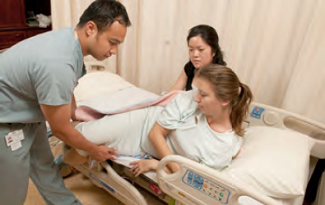
Figure 3. 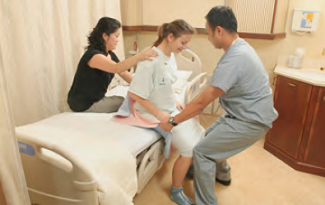
Figure 4. - Put the side of the wheelchair without the arm rest against the side of the bed. Lock the wheelchair. Have the person lean to one side. Slide 1/3 of the BeasyGlyder underneath them at a 45 degree angle. The round disc of the BeasyGlyder should be under their hips and upper thigh (see Figure 5).
- The person in the front will be the lead helper for the transfer. Have the person you’re transferring hold onto the lead helper (see Figure 6). The helper in the back can guide the person’s hips onto the bed.
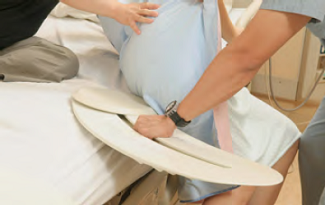
Figure 5. 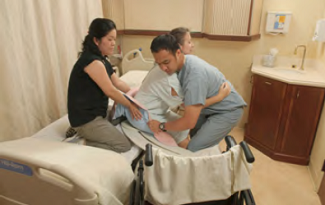
Figure 6. -
Using the BeasyGlyder as a bridge, glide the person on the disk little by little towards the wheelchair. Encourage the person to stay up straight, if they’re able to help with movement (see Figure 7).
- Once the person is seated in the wheelchair, have them lean away from the BeasyGlider (see Figure 8). Remove the BeasyGlyder and put the arm rest and leg rests back onto the wheelchair. Make sure the person is sitting up.
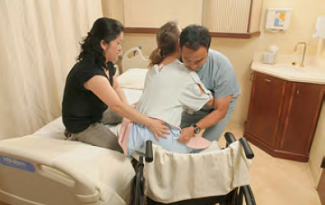
Figure 7. 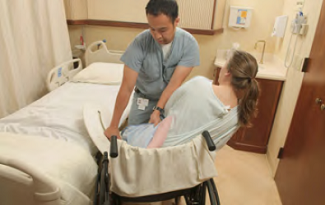
Figure 8.
How To Move a Person From a Wheelchair to a Bed Using a BeasyGlider
To move a person from a wheelchair to a bed, follow these steps:
- Place the side of the wheelchair without the arm rest against the side of the bed. Lock the wheelchair. Make sure the person is sitting on the square pad (see Figure 9).
- Have the person lean away from the bed. Slide 1/3 of the BeasyGlyder under them at a 45 degree angle (see Figure 10). Their hips and upper thigh should be on the square pad. The round disc of the BeasyGlyder should be under their hips and upper thigh, on top of the pad.
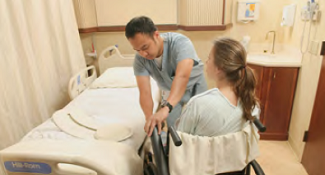
Figure 9. 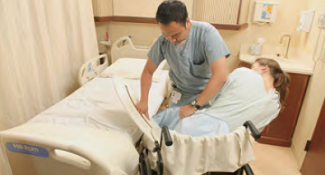
Figure 10. - The helper in the front is the lead person for the transfer. Have the person you’re transferring hold onto the lead helper (see Figure 11). The helper in the back should guide their hips onto the bed.
- Using the BeasyGlyder as a bridge, slowly glide them on the disc onto the bed (see Figure 12). Make sure the square pad glides with them. Encourage the person to stay up if they’re able to help with movement.
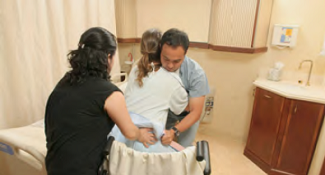
Figure 11. 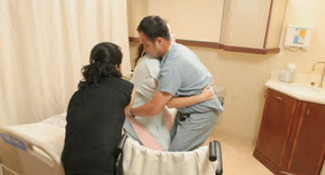
Figure 12. - The helper in the back should support the person’s upper body from behind. Once they are sitting at the edge of the bed, have them lean away from the BeasyGlyder (see Figure 13). Then, remove the BeasyGlyder.
- Help them lie back comfortably in the bed (see Figure 14).
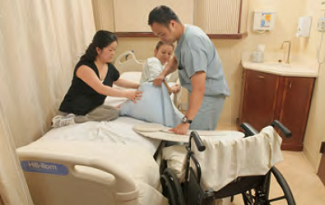
Figure 13. 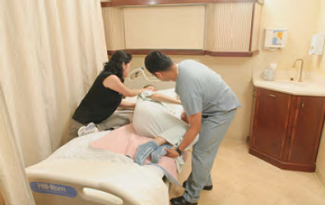
Figure 14. - One helper should stand on each side of the bed to protect the person you’re transferring from falling. Help them roll to one side so that the square pad can be straightened under them. Roll up the side of the pad toward their back (see Figure 15).
- Smooth out the pad to remove wrinkles. Help the person roll onto their other side. Roll and smooth the other side of the pad (see Figure 16).
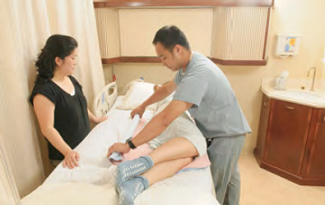
Figure 15. 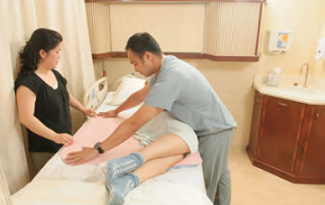
Figure 16.
Contact Information
If you have questions, call the person’s physical or occupational therapist at 212-639-7833.